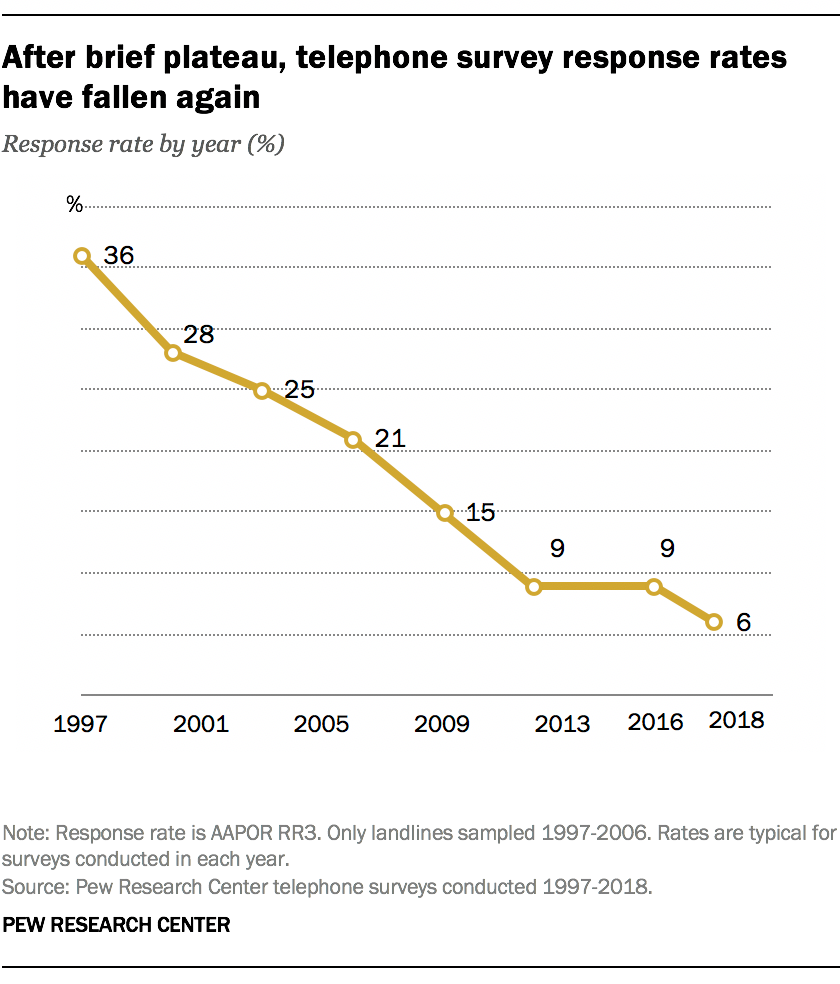The death of the phonathon?

How to evaluate if a phonathon is still right for your organization
It’s been six years since Stanford University sent a clever “official notice of change in policy” to all its alumni (Stanford Hangs Up on Telemarketing — Will Others Follow?) declaring the end of its phonathon and shaking up the higher education fundraising world, which had been relying on the phonathon as the primary channel for donor acquisition despite years of declining returns. The announcement effectively split the community into two camps:
- Those who applauded Stanford’s move
- Those who were scandalized that such a tradition in fundraising could find itself in the trash heap
To some industry observers, this move came as no surprise.
The “death of the phonathon,” as they dubbed it, had been a long time in the making. As the Pew Research Center’s analysis, Phone survey response rates decline again, shows, telemarketing response rates have been declining since the late 1990s.
In 1997, for example, telephone survey response rate was at a respectable 36% then dropping to 15% in 2009. In 2018, the response rate dropped to a measly 6%. Around the same time, in November 2017, EAB reported that all schools had seen steep declines in phonathon giving since 2010, and reported a five-year decline in phonathon giving for all schools of 21% (Advancement Strategies for Phone and Digital Giving Channels).

Since Stanford’s announcement, a number of other institutions have ditched their phonathons for a more digitally-oriented multichannel approach. Many used Stanford’s momentous example to justify their own unsuccessful attempts at making phonathons profitable/sustainable/justifiable and their decision to stop them.
But what was most important about Stanford’s decision often gets overlooked by those looking for a shortcut to their own decision-making, and that is, the institution responded to their own alumni and donors’ preferences.
Bring your phonathon into the 21st century >>
Stanford took nine months to observe and measure their phonathon responses and determined that revenue from that channel was steadily declining and a quarter of all donors reached were requesting to be removed from phone solicitations compared to only 11% five years earlier. They analyzed their data, recognized the moment they were in called for a different approach, and they decided to do something about it.
So, as you consider whether you should ditch your phonathon, too, here’s what to analyze:
ROI of your phonathons
Whether it is annual giving dollars or alumni participation (or both), put pencil to paper and determine whether the dollars invested in your phonathon program are delivering results. Many organizations are spending tens of thousands of dollars to raise less than what they put in, but that data is often dispersed in different budget line items (call center software is in IT, callers may be in HR, and printing costs associated with pledge and follow-up cards in Communications).
Your donors’ preferences
Do you know how your donors prefer to give? Are there some that actually give over the phone year after year? If so, are there enough of them to warrant paying for a phonathon program, or could you still honor their preference for a call without a sophisticated software platform through which to manage that call?
Perhaps you’ll find that these donors just wanted to hear from someone at the organization but would be happy to donate through another channel, too.
Your opportunity costs
If, as mentioned above, you are spending tens of thousands of dollars on the phonathon, and you allocated those funds differently, what could your ROI be? For example, it may be worth considering focusing on digital channels and/or pipeline building strategies.
Making a decision: Is the phonathon still right for you?
When you’ve analyzed these three areas, use your data to make a decision about the phonathon. Remember that the definition of insanity is doing the same thing over and over again and expecting different results. If you find that your phonathon ROI is low and your donors’ response to the phonathon is lackluster, it may be time for you to follow the Stanford example and reconsider that investment.
So where do you go from here? The truth is that the death of the phonathon is part of the evolution of fundraising. The first step toward positive change is awareness, followed closely by the courage to innovate.




